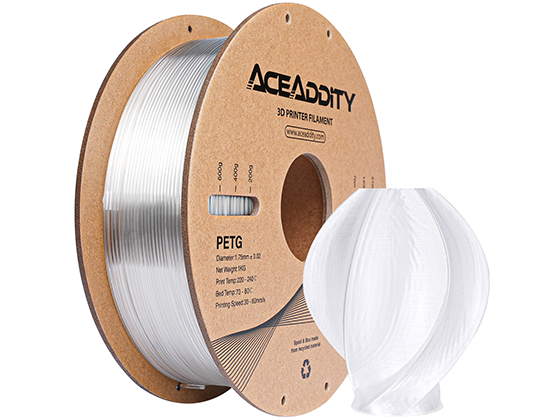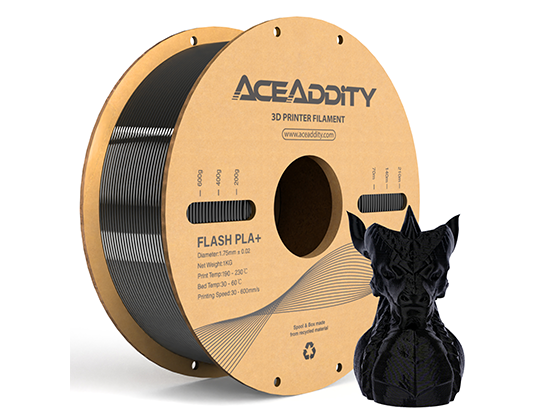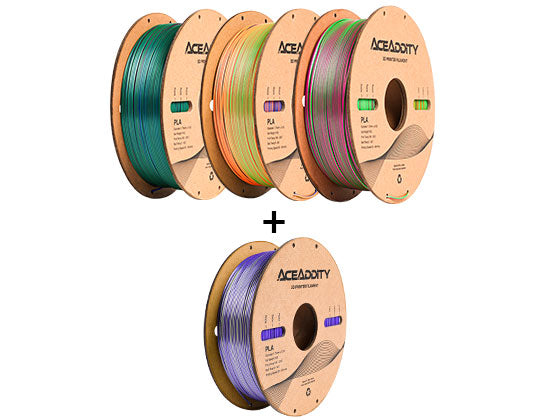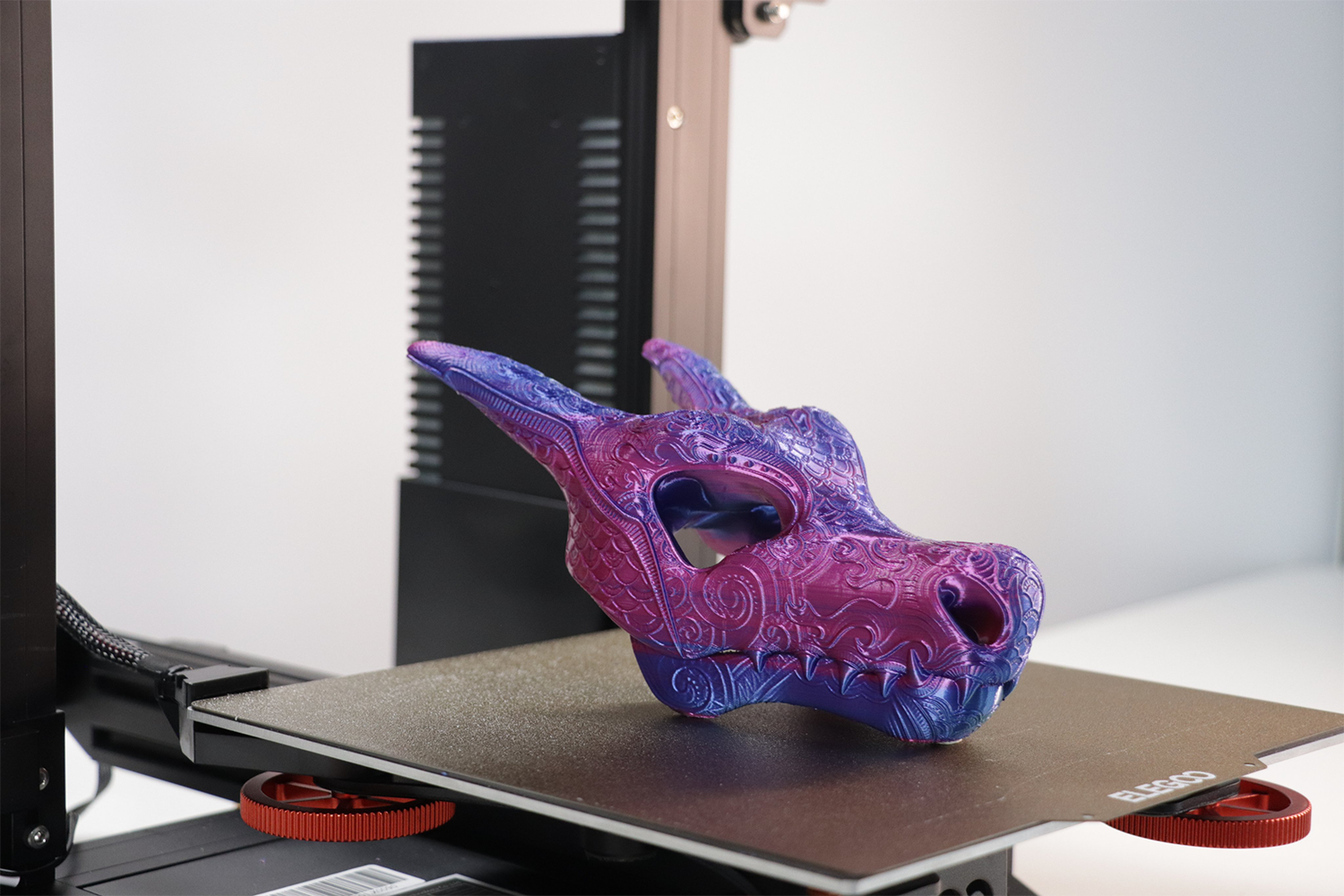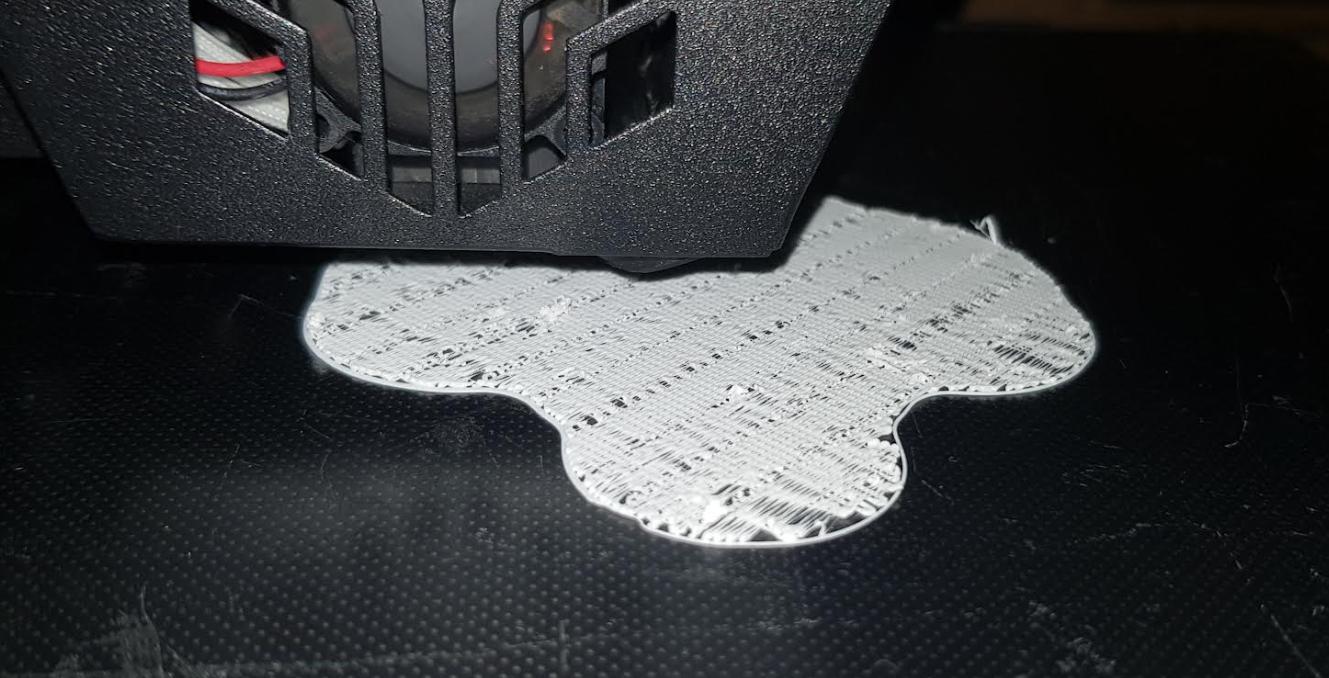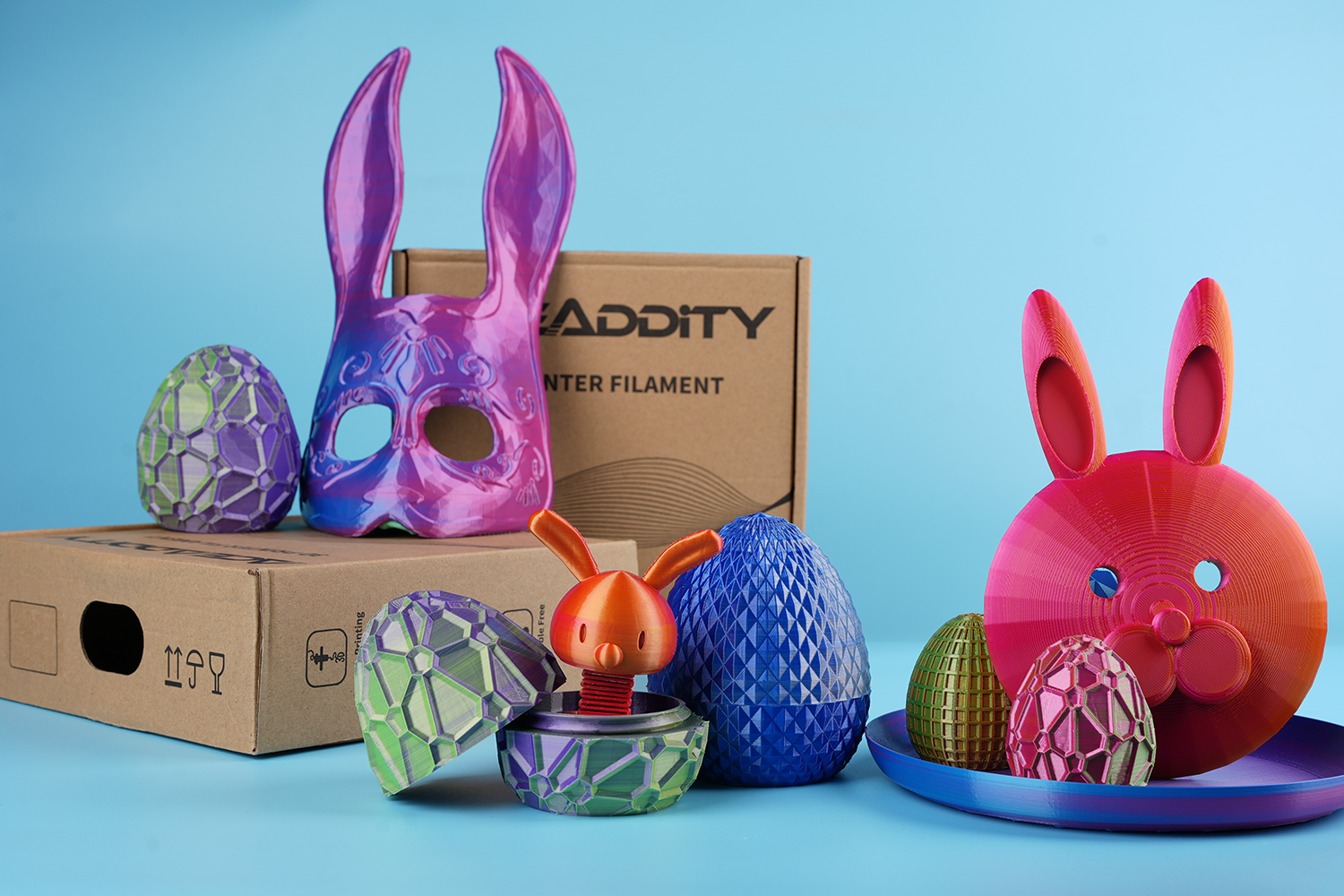3D printing filament is a crucial component of the 3D printing process,
and understanding the different types and properties of filament can help you achieve better prints.
We'll explore some key concepts and terminology related to 3D printing filament.
- Types of Filament
There are several types of 3D printing filament available, including PLA, ABS, PETG, TPU, Nylon, and more.
Each type has unique properties and is suitable for different applications.
It's important to choose the right type of filament for your project to achieve the desired results.
- Filament Diameter
Filament diameter refers to the thickness of the filament, which is typically measured in millimeters.
The most common filament diameter is 1.75mm, although 3mm filament is also available.
It's important to choose the correct diameter for your printer's specifications and settings.
- Filament Spool
Filament is typically sold on spools, which can vary in size and material.
It's important to choose a spool size that's compatible with your printer's spool holder and
can accommodate the amount of filament you need for your project.

- Print Temperature
The temperature at which you print your filament can greatly affect the quality and strength of your prints.
Each type of filament has a recommended printing temperature range,
which should be followed for optimal results.
- Print Bed Temperature and Adhesion
Some filaments require a heated print bed to adhere properly, while others don't.
It's important to check the manufacturer's recommendations to determine if a heated bed is necessary and at what temperature it should be set.
- Print Speed and Retraction
Print speed and retraction settings can also greatly affect the quality of your prints.
It's important to experiment with different settings to find the optimal speed and retraction for your filament type and printer.
Understanding the different types and properties of 3D printing filament can greatly improve your 3D printing experience and results.
By considering filament type, diameter, spool, print temperature, bed temperature and adhesion,
and print speed and retraction, you can optimize your settings for the best possible prints.
By experimenting and adjusting your settings, you can become a successful 3D printing filament user.



